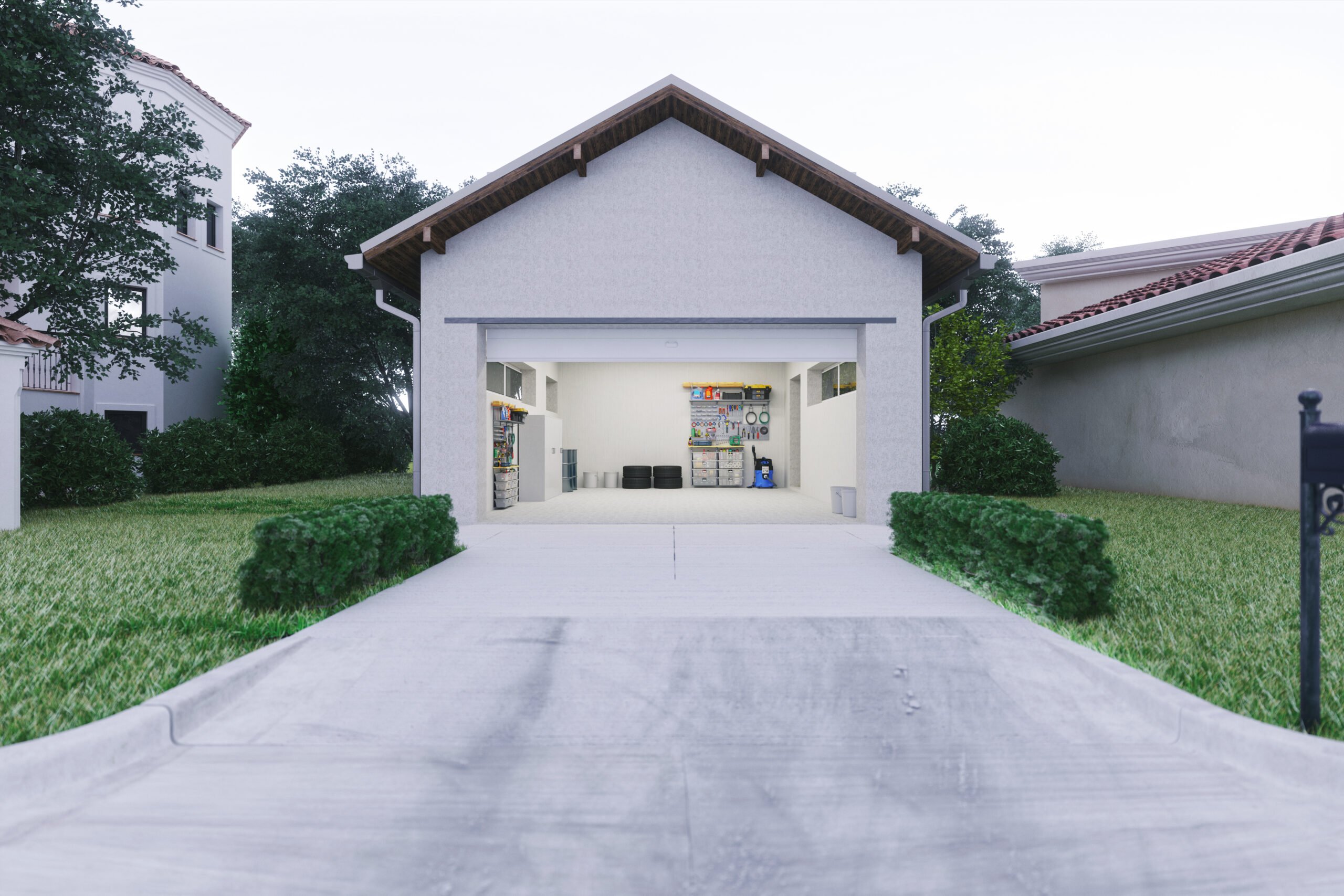Whether you are planning a new home build or looking to renovate your existing garage, you should put careful thought into how to prepare your garage for electric car charging. Even if you don’t plan on using an electric car anytime soon, it’s inevitable that you or the next owner of your home will rely on one for transportation. If nothing else, think resale value.
From which charger to buy to where to install it, and even which accessories you should invest in, there’s a lot to consider. As a result, we’ve put this guide together to help simplify the process. Continue reading to learn what should go into your garage of the future.
What Your Garage Needs for a Charging Station
If you want Level 2 charging, which will power an electric car up to 8x faster than a Level 1 charger, you should have a dedicated 240v circuit and a NEMA 6-50 outlet in your garage. By having a dedicated 40A circuit, or at least a circuit that’s not tethered to other energy-draining appliances — like clothes dryers or air conditioning units — you ensure electric cars will charge as quickly and efficiently as possible. And if your EV charging station is on a 40A circuit that is shared with a clothes dryer or other energy-consuming appliance, the electric car charger and dryer will not run simultaneously, making it so you won’t flip the breaker.
Of course you can utilize a Level 1 charger that plugs into a 120v outlet instead, but they are slow and inefficient for electric car owners who drive a lot of miles or don’t have easy access to public charging solutions. Whether you are building new, or renovating an old garage, if you want a Level 2 system we recommend you hire a certified electrician to install your electric car charging station.
A key part of preparing your garage for electric car charging is placement. Consider the following for your setup:
- Placement of charger station in relation to where one or more electric cars will be parked
- Keeping all equipment safe and out of the way; do you need accessories to keep your garage clutter-free?
- If renovating, an electrician can help with a load calculation of existing circuits
It’s easy to overlook accessories, but they can make a big difference. The EvoReel from EvoCharge can be installed on a ceiling or wall, keeping your station’s charging cord off your garage floor and out of the way. Safe and easy to use, the EvoReel is simple to mount. Another handy accessory for any garage of the future is the EvoCharge Retractor, which is compatible with any Level 1 or 2 electric car charging cable. The Retractor system uses a spring-loaded tether which suspends to store your cord.
Beyond Charging: Other Electric Car Considerations
While EvoCharge Level 2 chargers are NEMA 4-rated, meaning they are certified for indoor or outdoor charging in conditions ranging from -22℉ to 122℉ (-30℃ to 50℃), you should install good insulation in your garage to protect your electric car. Having insulated walls and doors will keep your garage’s temperature from fluctuating wildly, which will help protect your car battery and extend its life.
Build Your Future Garage with EvoCharge
The Level 2 EVSE home charger and Smart iEVSE Home charger from EvoCharge both provide safe, convenient charging that will be an asset to your new or renovated garage. Both chargers come with either an 18- or 25-foot cable, which provides sufficient length for most homeowners with two- to three-car garages. The Smart iEVSE Home charger offers added convenience, as it connects to 2.4Ghz home Wi-Fi and can be controlled by using the EvoCharge app.
If you want to know more about how to plan and prepare your garage for electric car use, contact us or visit our FAQs. For additional articles, videos and white papers that explore EV charging topics and solutions, check out our Knowledge Center.



